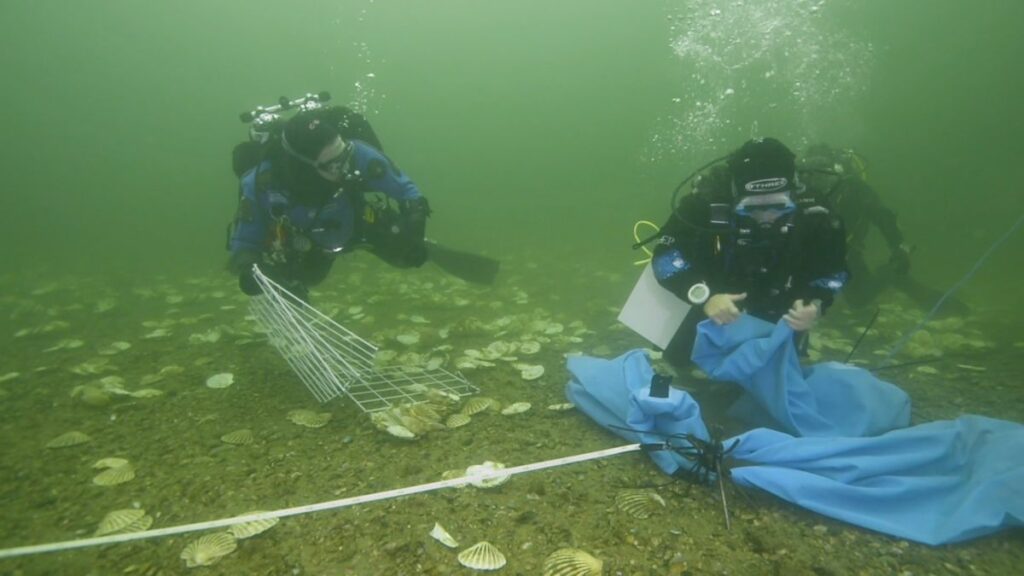Scottish oysters were on the rocks. Now a whiskey distillery is throwing them a lifeline

The shell in his hand is flatter and rounder than the faster growing Pacific oysters common in European restaurants today. It is also very rare, having been fished almost to extinction in British waters during the Industrial Revolution. “Rail networks opened up urban markets, and what had been localized oyster fisheries suddenly found markets for many millions in the major cities like London, Paris,” explains Sanderson, who is based at Heriot-Watt University in Edinburgh. At the time, oysters were considered a “poor man’s food” and sold as street food, says Sanderson. “You could even pay your rent in oysters in Edinburgh if you wanted to.”The DEEP project is just one of 19 now up and running around Europe, and the first to rebuild an oyster habitat that had been completely destroyed. Through the combined benefits of increasing biodiversity, filtering water and sequestering carbon, Sanderson believes this kind of work can have a real impact.”Restoring oyster beds is as profound as restoring ancient forests,” he says. Read: Meet Hong Kong’s ‘ghost net hunter’ who is saving the city’s sea lifeBut even though the project has made remarkable progress, Sanderson admits he still feels some apprehension before diving in the freezing waters to check on the oysters.”Every time we go down, it’s always a bit of an anxious moment for me,” he says. “I feel like an expectant father … and every year I come back with a grin on my face because the oysters are getting bigger and bigger.”







